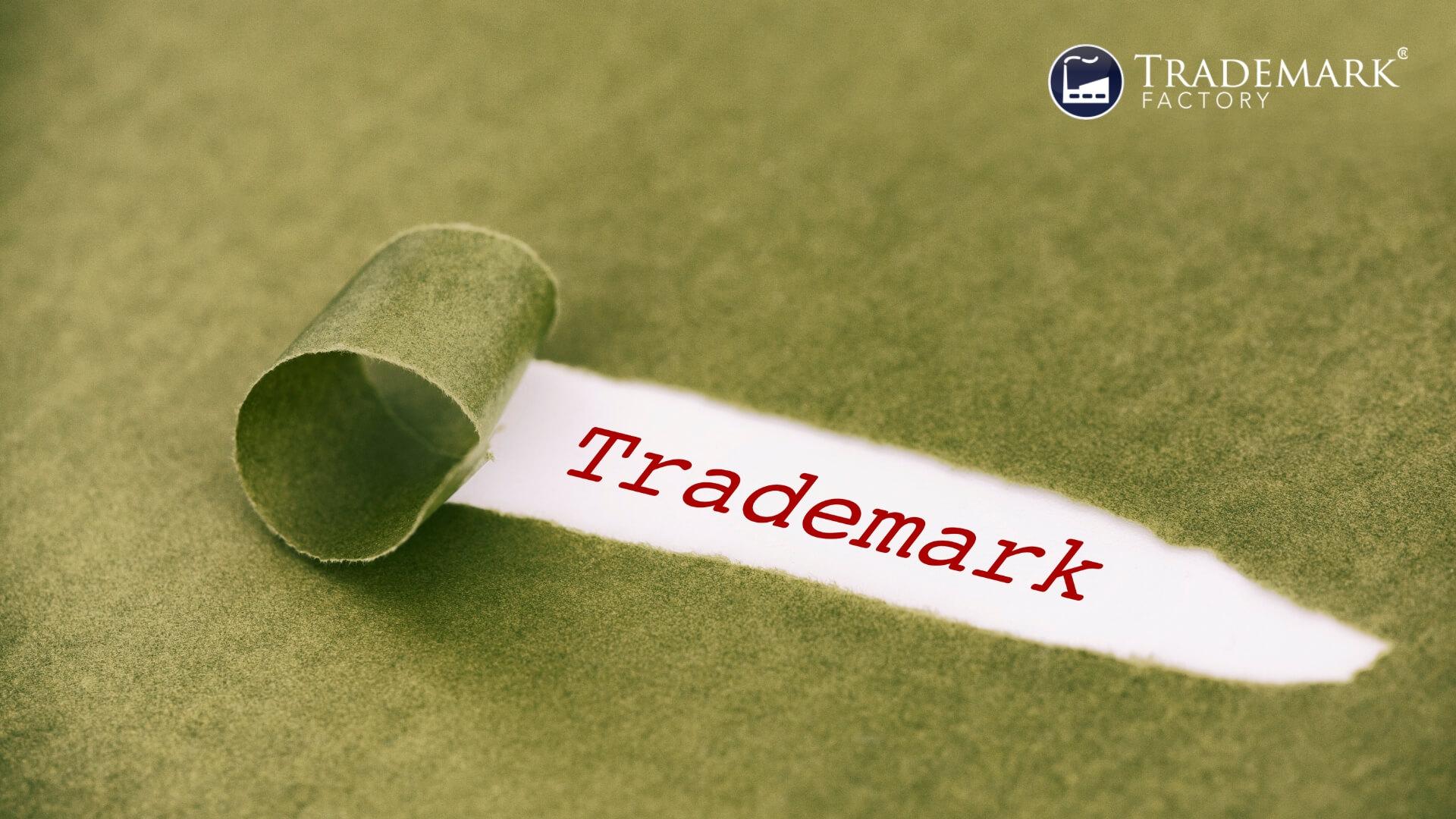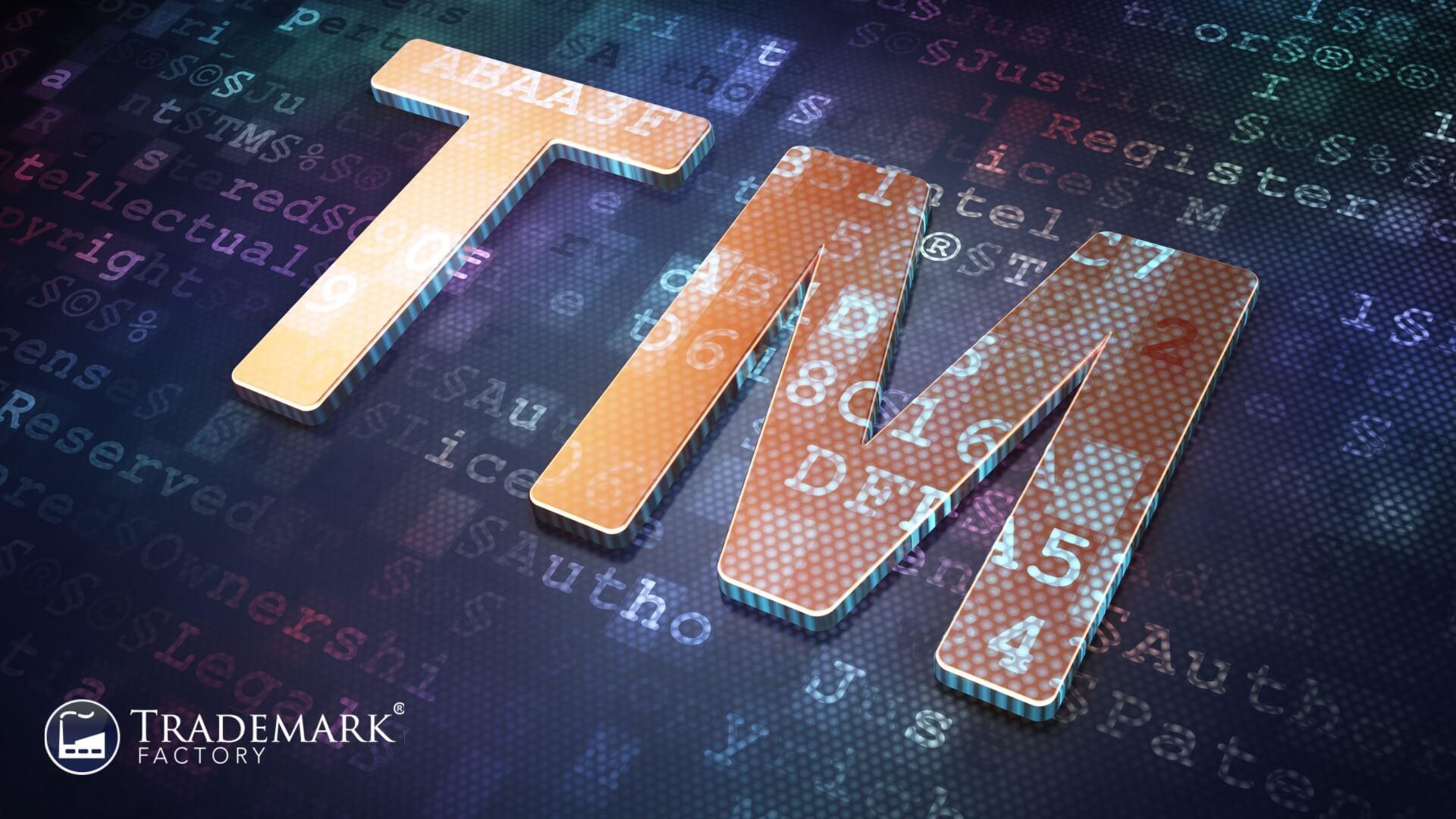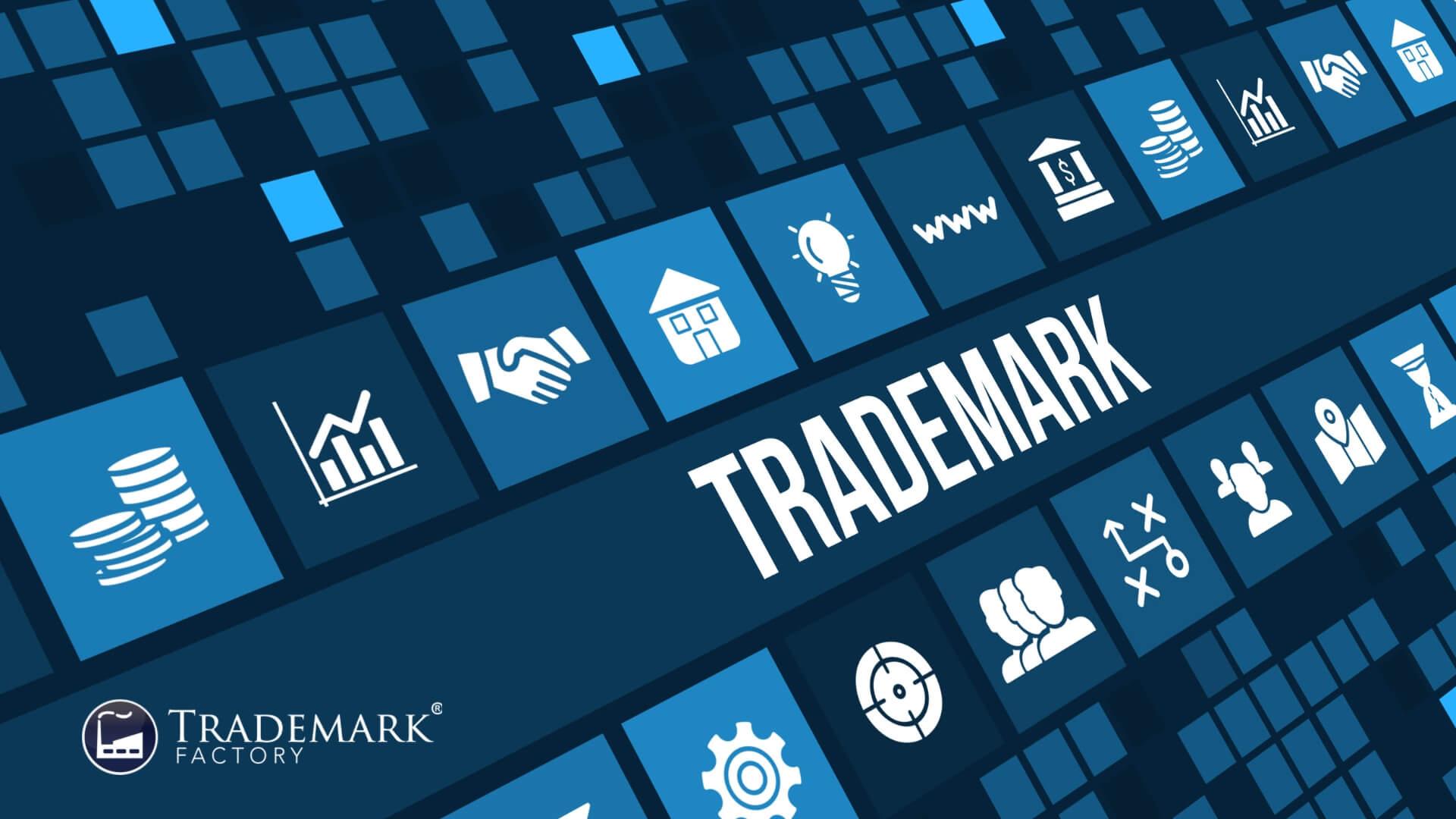International Trademark Protection Strategies

In today's globalized economy, businesses and organizations are increasingly expanding their operations across borders. As a result, the need for effective intellectual property protection has become paramount in ensuring that these entities can maintain their competitive edge and safeguard their brands from potential infringement or unauthorized use. International trademark protection serves as a crucial tool in this regard, allowing companies to secure exclusive rights over their trademarks in multiple jurisdictions simultaneously. This article will provide an overview and introduction of trademark and of international trademark protection, discuss its benefits and the registration process, as well as delve into relevant aspects such as renewal, maintenance, portfolio management and monitoring services, and trademark definition.
While national trademark protection is limited to the jurisdiction where it has been registered, international trademark protection offers a more comprehensive approach by enabling applicants to obtain legal recognition for their marks in various countries through a single application process. This streamlines the administrative burden associated with securing individual registrations within each respective country while potentially saving significant resources in terms of time and cost. Furthermore, international trademark protection facilitates consistent brand representation across diverse markets and helps mitigate potential risks arising from conflicting or overlapping rights claims. By examining the different facets of this important area of intellectual property law, this article aims to equip readers with valuable insights on how to effectively navigate the complex landscape of international trademark protection.
Introduction to International Trademark Protection

Navigating the complex landscape of securing intellectual property rights on a global scale is crucial for businesses aiming to expand their presence in international markets. International trademark protection helps companies address cross-border challenges and cultural considerations while safeguarding their brand reputation against counterfeit goods and online trademark issues. Global trademarking involves navigating diverse legal systems, languages, and territorial regulations that necessitate a strong understanding of various jurisdictional nuances. By acquiring such knowledge, businesses can better protect their brands from infringement and dilution, ultimately fostering consumer trust in an increasingly interconnected world economy. This foundation sets the stage for an overview of international trademark protection strategies that ensure long-term success in the global market arena.
Overview of International Trademark Protection

Establishing a global presence for your brand involves understanding the intricacies of securing intellectual property rights across various jurisdictions. International trademark protection overview is essential in ensuring that your brand's identity and value are safeguarded on a global scale. This necessitates being aware of:
- Global harmonization: Efforts to streamline and standardize international trademark procedures, such as the Madrid System administered by the World Intellectual Property Organization (WIPO), facilitate easier registration and management of trademarks in multiple countries.
- Trademark treaties: Agreements like the Paris Convention for the Protection of Industrial Property and the Agreement on Trade-Related Aspects of Intellectual Property Rights (TRIPS) provide guidelines for member countries to establish national laws that recognize and protect registered trademarks from other participating nations.
- Counterfeit challenges: International trademark protection helps combat counterfeit products by granting legal recourse against unauthorized use or infringement, thereby preserving brand integrity and reputation.
- Cultural considerations: Understanding cultural nuances is crucial when registering trademarks in foreign markets, as certain symbols or phrases may have different meanings or implications which could impact brand perception.
- Cross border disputes: Having international trademark protection enables businesses to enforce their rights in cases where conflicts arise between parties operating across borders.
Transitioning into an understanding of international trademark protection benefits further solidifies its significance within a global marketplace.
Benefits of International Trademark Protection

Delving into the advantages of securing intellectual property rights on a global scale highlights the crucial role they play in a company's success and market position. The impact of globalization has increased the need for cross-border recognition and protection of trademarks, allowing businesses to expand their reach and maintain a consistent brand identity across multiple jurisdictions. This becomes particularly essential when considering cultural variations that may affect how consumers perceive certain brands or products. The benefits of international trademark protection enables companies to address these cultural considerations effectively while expanding their business operations. Furthermore, as e-commerce growth continues to facilitate borderless transactions, having an internationally recognized trademark becomes increasingly vital in ensuring a secure online presence and preventing infringement by competitors operating in different regions. With a comprehensive understanding of these benefits, companies can better navigate the complexities of international trademark registration processes, ultimately leading to stronger brand identities and more significant global market positions.
International Trademark Registration Process

Embarking on the journey of securing global intellectual property rights necessitates a thorough understanding of the registration process, essential prerequisites, and potential challenges in order to achieve successful outcomes. To begin with, applicants must identify appropriate global classifications for their trademarks based on the goods and services offered by their businesses. This facilitates harmonization across jurisdictions as well as availing treaty advantages such as those provided under the Madrid System. Furthermore, attention should be paid to priority claims which grant earlier filing dates in multiple countries if filed within six months from the original application date. Language barriers also pose significant challenges during the international trademark registration process; thus, ensuring that applications are accurately translated into each country's official language is vital for avoiding misunderstandings or refusals. Additionally, opposition proceedings may arise when third parties contest an applicant's trademark; hence, it is crucial to monitor these processes and address any objections promptly to protect one's IP rights successfully. By addressing these aspects comprehensively, businesses can effectively navigate through international trademark registration complexities while remaining vigilant about evolving differences between national and international trademark protection frameworks.
Differences between National and International Trademark Protection

Navigating the complexities of intellectual property rights requires a comprehensive understanding of the key distinctions and commonalities between national vs international trademark protection frameworks. A primary difference lies in the geographic scope of protection, with national trademarks safeguarding rights within a specific country's borders, whereas international mechanisms such as the Madrid Protocol facilitate registration across multiple jurisdictions. This distinction has significant implications for businesses pursuing global branding strategies, as they must carefully consider cultural adaptation, language barriers, and local competition when opting for either approach. Moreover, national systems often vary in application requirements, examination procedures, and renewal policies which necessitate tailored approaches to maximize domain protection. Despite these disparities, both frameworks share an overarching goal of preserving brand identity by preventing unauthorized use or imitation. By thoroughly assessing their unique needs and resources against these factors, businesses can strategically determine whether to pursue national or international trademark protection – a decision that ultimately shapes their ability to navigate challenges related to international trademark infringement and enforcement effectively.
International Trademark Infringement and Enforcement

While understanding the differences between national and international trademark infringement is essential, it is also crucial to be aware of international trademark infringement and enforcement. As businesses expand their global presence, they must remain vigilant against global infringement trends that can threaten their brand's reputation and value. International trademark enforcement poses challenges in various aspects:
1. Online counterfeiting – With the rapid growth of e-commerce, counterfeit products are easily accessible through online platforms, making it a significant challenge for businesses to protect their trademarks.
2. Border control measures – Inconsistent border control measures across countries may lead to ineffective seizure of counterfeit goods bearing infringed trademarks.
3. Collaborative strategies – Enforcement efforts require close collaboration among different stakeholders such as governments, law enforcement agencies, customs authorities, and intellectual property offices.
To effectively combat these challenges and safeguard their brands' integrity internationally, businesses should invest in proactive measures like regular monitoring of online marketplaces for counterfeit products and working closely with local authorities to strengthen border control mechanisms. Additionally, companies should actively engage in collaborative strategies with other stakeholders to enhance joint efforts in combating trademark infringements on a global scale. This vigilance will ultimately serve as a strong foundation for addressing potential disputes that may arise within the realm of international trademark dispute resolution.
International Trademark Dispute Resolution

Delving into the realm of dispute resolution, it is essential to comprehend the complexities of resolving conflicts that arise in the context of cross-border intellectual property rights. Cross-border disputes often require global litigation strategies that take into account multiple jurisdictions and legal systems, as well as cultural considerations that may impact the enforcement and interpretation of trademark rights. In addition, online infringement has further complicated matters by creating a virtual environment where trademarks can be misused or misappropriated across borders without physical presence. To address these challenges, alternative dispute resolution mechanisms, such as arbitration and mediation, have emerged as viable options to help parties resolve their differences efficiently and amicably outside of traditional courts. By understanding these various methods for addressing international trademark disputes, businesses can better protect their valuable assets while fostering collaborative relationships with foreign partners – a crucial aspect for success in today's interconnected world economy. This foundation paves the way for exploring more intricate issues such as international trademark disputes in licensing and assignment.
International Trademark Licensing and Assignment

In the global context, comprehending the nuances of international trademark licensing and assignment of trademarks is crucial for businesses seeking to expand their reach and safeguard their intellectual property assets. Cross-border licensing allows a company to grant rights to use its trademark in foreign jurisdictions, thereby facilitating market penetration without direct investment in those regions. However, negotiating such agreements can be challenging due to varying trademark laws and cultural considerations across countries. Global assignment pitfalls may arise from inadequate due diligence on local regulations or insufficient understanding of the assignee's capacity to maintain the trademark's value. To navigate these complexities, parties involved in licensing negotiations should prioritize transparent communication and adopt flexible strategies that cater to diverse legal frameworks and cultural backgrounds. Addressing potential assignment challenges requires meticulous planning, well-drafted agreements, and close collaboration between legal teams from all relevant jurisdictions. By adopting these best practices, businesses can effectively protect their trademarks internationally while minimizing risks associated with licensing and assignment transactions. The next essential task for organizations involves staying vigilant about international trademark renewal and maintenance requirements in order to ensure continued protection of their valuable intellectual property assets.
International Trademark Renewal and Maintenance

While international trademark licensing and assignment play a crucial role in expanding your brand's global presence, it is equally essential to focus on international trademark renewal and maintenance to ensure long-term protection of your intellectual property. The process of renewing and maintaining an international trademark can be complex, but understanding the essential factors for effective maintenance and adopting strategies to avoid pitfalls will help you navigate this path successfully.
* Key aspects of international trademark renewal and maintenance:
* Global expansion challenges: Navigating the complexities of multiple jurisdictions, legal systems, and filing requirements.
* Multilingual trademarks: Ensuring accurate translations and adaptations across languages to maintain brand consistency.
* Counterfeit product control: Implementing proactive measures against unauthorized use or imitation of your trademark in different countries.
* Cultural considerations: Adapting your branding strategies according to local customs, beliefs, and preferences without diluting the essence of your brand identity.
* Regional regulations: Staying updated with ever-changing laws pertaining to trademarks in various countries.
By addressing these elements comprehensively, businesses can effectively safeguard their valuable intellectual assets against potential threats while catering to diverse markets. With a solid foundation in place regarding international trademark renewal and maintenance processes, businesses can then move forward confidently toward establishing a robust system for managing their growing portfolio on a global scale — which is our subsequent focus under the broader topic of 'international trademark protection.'
International Trademark Portfolio Management

Effectively managing a diverse and expansive portfolio of intellectual property assets is critical to maintaining a strong brand presence across multiple jurisdictions, ensuring long-term success in the global marketplace. Global diversification requires understanding and navigating complex legal frameworks, while cultural adaptation demands sensitivity to local nuances and customs. Overcoming language barriers is essential for effective communication with international partners, as well as for conducting comprehensive trademark research. Cross-border collaboration enables companies to leverage their resources efficiently, promoting innovation and sharing best practices among different teams. Market expansion requires continuous evaluation of current international trademark portfolios to identify opportunities for growth in new territories. Ultimately, successful international trademark portfolio management hinges on the ability to maintain coherence across all these aspects while dynamically responding to emerging challenges. This holistic approach lays the groundwork for robust strategies that can be complemented by international trademark monitoring and watch services in order to protect valuable intellectual property assets worldwide.
International Trademark Monitoring and Watch Services

In effectively managing an international trademark portfolio, businesses must also pay close attention to monitoring and watch services specifically designed for global protection. International Trademark Monitoring and Watch Services play a critical role in safeguarding a brand's intellectual property assets by identifying potential infringements and providing appropriate legal actions against unauthorized use of trademarks across various jurisdictions. To ensure comprehensive coverage, companies should consider partnering with a reliable and effective service provider who can adeptly navigate the complex landscape of cross-border challenges, cultural considerations, online infringement tracking, and counterfeit prevention.
- Global watch strategies: Implement systematic monitoring measures to identify potential infringements across multiple countries and regions.
- Cross border challenges: Overcome jurisdictional complexities by working with experienced professionals who understand the nuances of international trademark laws and processes.
- Cultural considerations: Recognize the importance of local customs, language barriers, and market-specific dynamics when implementing trademark protection measures.
By incorporating these elements into their overall approach to international trademark protection, businesses can proactively defend their valuable intellectual property from misuse while fostering a sense of belonging among their target audience. As we conclude this discussion on international trademarks management, it is essential to reiterate the significance of proper planning and execution in maintaining a robust global presence for your brand.
Conclusion

Navigating the complex landscape of securing and maintaining intellectual property assets on a global scale demands meticulous planning, astute strategies, and a deep understanding of diverse legal systems to ensure your brand remains resilient and thrives in today's interconnected world. Global harmonization of trademark laws contributes to overcoming counterfeit challenges and ensures consistent protection across jurisdictions; however, cultural considerations still play a crucial role in determining the success of trademarks in various markets. Furthermore, emerging markets present both opportunities for growth as well as unique challenges that require tailored approaches. Meanwhile, digital trademarks are transforming the way brands protect their online presence and adapt to ever-evolving technologies. To make sense of this intricate web of factors, it is essential for businesses to invest time and resources into further learning about international trademark protection.
Global Harmonization
Counterfeit Challenges
Cultural Considerations
Emerging Markets
Digital Trademarks
Consistent Protection
Diverse Legal Systems
Online Presence
Tailored Approaches
Growth Opportunities
Evolving Technologies
Brand Resilience
Frequently Asked Questions

How does the international trademark protection process differ for small businesses and startups compared to larger corporations?
In the realm of entrepreneurship, it is crucial to examine the disparities in the international trademark protection process for small businesses and startups compared to their larger corporate counterparts. Key factors such as global registration procedures, trademark costs, enforcement strategies, counterfeit issues, and domain disputes play a significant role in shaping the experiences of these entities. Smaller enterprises often grapple with limited resources and budgets when navigating complex global registration systems, potentially leading to higher vulnerability in terms of trademark costs and challenges in enforcement strategies. Furthermore, they may face heightened risks associated with counterfeit issues due to inadequate protection measures or lack of awareness about potential threats. Domain disputes can also pose substantial challenges for smaller organizations striving for a strong online presence while safeguarding their brand identity. Consequently, understanding these distinctions allows stakeholders to foster an inclusive ecosystem that supports both emerging ventures and established corporations in securing robust intellectual property rights on a global scale.
What are some common challenges or obstacles faced by businesses when trying to protect their trademarks internationally, and how can they be overcome?
Navigating the complexities involved in safeguarding intellectual property assets across international borders presents numerous challenges for businesses, including global infringement, trademark translation issues, country-specific obstacles, cross-border enforcement difficulties, and cultural differences. Global infringement poses a significant risk as unauthorized use of trademarks can lead to dilution or confusion in the marketplace. Trademark translation problems may arise when adapting marks for different languages or scripts, potentially resulting in loss of distinctiveness or even unintended negative connotations. Country-specific challenges encompass varying legal frameworks and registration processes that necessitate a tailored approach for each jurisdiction. Cross-border enforcement remains problematic due to differing domestic laws and limited international cooperation mechanisms. Furthermore, cultural differences might impact brand perception and require adaptation to local preferences while maintaining core brand identity. Overcoming these hurdles necessitates strategic planning, expert guidance from knowledgeable professionals with experience in diverse markets, and adaptability to navigate the multifaceted landscape of international trademark protection effectively.
Can international trademark protection be applied retroactively, i.e., if a business discovers that someone has already started using their trademark in another country without permission?
Retroactive enforcement of trademark rights presents a complex challenge in the realm of cross-border disputes, as permission violations may vary in severity and consequences depending on the jurisdictions involved. Infringement consequences can range from financial compensation to injunctions and seizure of infringing products, with legal remedies often tailored to the specific context and nature of the violation. Navigating these diverse legal landscapes requires thorough understanding of pertinent local laws, international agreements, and strategic approaches to safeguard one's intellectual property rights while fostering an environment that encourages global commerce and respects cultural differences.
How do international trademark protection laws and regulations vary by industry, and what specific considerations should businesses in different sectors be aware of?
Industry-specific regulations and sector considerations play a crucial role in shaping the landscape of trademark enforcement, as businesses operating in different domains face unique challenges with respect to cross-border disputes and international licensing. The degree to which these laws and regulations vary across industries is contingent upon factors such as the nature of goods or services offered, the economic significance of the industry, and its susceptibility to infringement. Consequently, it is imperative for enterprises to be cognizant of their particular sector's regulatory framework when navigating issues related to intellectual property rights on a global scale. This awareness not only facilitates compliance with relevant legal provisions but also fosters a sense of belonging within their respective communities by reinforcing shared values and norms that underpin fair competition and innovation.
What resources or support services are available for businesses seeking assistance with international trademark protection and navigating the complexities of global trademark law?
Navigating the intricacies of global trademark law can be daunting for businesses, but various support services and resources are available to assist in this endeavor. Global agencies, such as the World Intellectual Property Organization (WIPO) and International Trademark Association (INTA), offer invaluable guidance and tools, including comprehensive trademark databases that simplify searches across multiple jurisdictions. Overcoming language barriers is another critical aspect of international trademark protection; hence, utilizing professional translation services is essential to accurately convey brand identity and legal nuances. Additionally, accounting for cultural considerations ensures that trademarks resonate with target markets while avoiding potential conflicts or misinterpretations. Businesses must also remain vigilant against online infringement by monitoring digital channels and employing advanced technological solutions to safeguard their intellectual property rights in the virtual world.
Conclusion

In conclusion, international trademark protection offers numerous advantages for businesses aiming to expand their presence in global markets. These benefits include efficient registration processes, cost savings, and enhanced legal protection against infringement across multiple jurisdictions.
Moreover, effective management of an international trademark portfolio is essential for maintaining a strong brand presence worldwide. Utilizing monitoring and watch services can assist organizations in detecting potential conflicts and ensuring the continued success of their trademarks in the global market.
Subscribe to Trademark Wednesdays, our weekly newsletter where we'll send fun and informative trademarking topics straight to your inbox.




